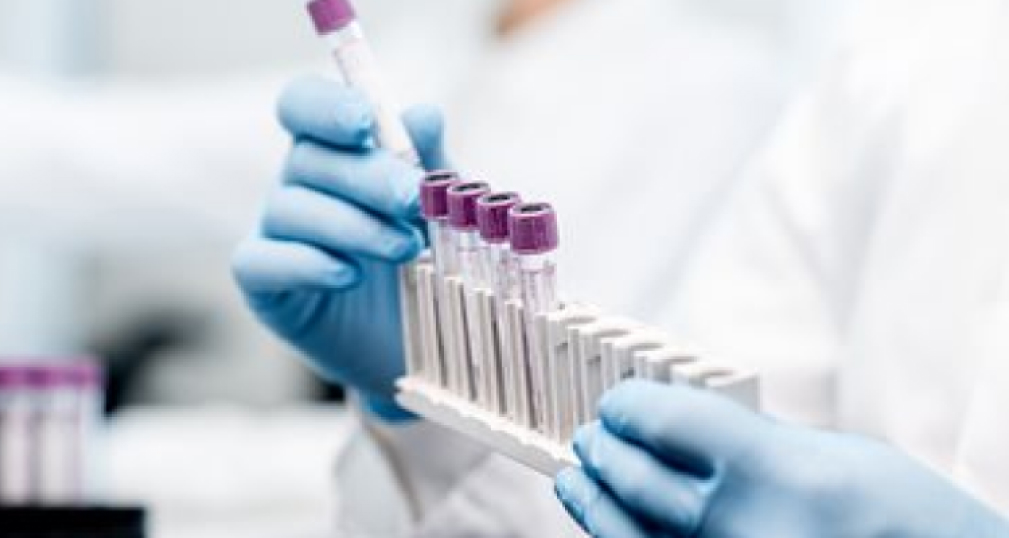Today, the largest nationwide SARS-CoV-2 seroprevalence survey, funded by the CDC and supported by 17 blood collection organizations representing blood donations from across all 50 states, Washington D.C., and Puerto Rico, published its latest findings in the Journal of the American Medical Association (JAMA). More than 1.5 million samples from blood donations were tested over 11 months, estimating an 83.3% rate for combined infection- and vaccine-induced antibodies, among other observations.
The multistate assessment of SARS-CoV-2 seroprevalence in blood donors (MASS-BD) study was established in mid-2020 to further understand the percentage of people across the United States who have antibodies against SARS-CoV-2—from previous infection or vaccination—and track how these rates change over time by region and demographic subgroups. The regions covered by the MASS-BD program represent 74% of the U.S. population greater than 16 years old. The study is led by Vitalant Research Institute and conducted in close collaboration with the CDC, the American Red Cross and Westat, Inc.
For each of the 66 regions established and included in the serosurvey, about 2,000 blood donation samples per month are tested for different SARS-CoV-2 antibodies to distinguish infection-induced from vaccine-induced seropositivity. The anonymous donor seroprevalence results are weighted to estimate general population infection and vaccination rates overall and by age group, sex, and race/ethnicity. Seroprevalence increased from 3.5% in July 2020 to 20.2% for infection-induced antibodies and to 83.3% for combined infection- and vaccine-induced antibodies by May 2021. While this is significant evidence of the positive impact of expanding vaccinations, it does not reflect national levels of immunity that are protective from infection at the individual or population levels (so-called herd immunity). In addition, the study documented that about 2.1 infections have occurred per clinically diagnosed case.
“This collaboration within the blood services community with the support of the CDC is contributing to an enhanced understanding of how SARS-CoV-2, the virus that causes COVID-19, is spreading and the impact of vaccination on achieving population immunity,” said Dr. Michael Busch, director of Vitalant Research Institute. “The act of donating blood not only helps save lives every day, but it is also providing critical research data to track the pandemic.”
As this pandemic continues to evolve and new variants emerge, researchers stress the importance of continuing to utilize all safety measures available—including vaccines—to protect the health of the nation. Those who receive Food and Drug Administration approved or authorized vaccines are eligible to give blood providing they meet other eligibility requirements.

